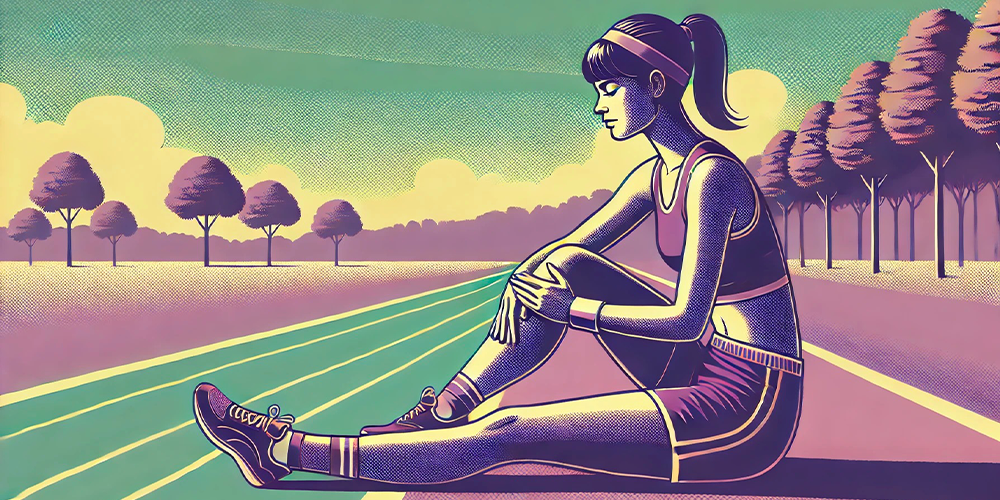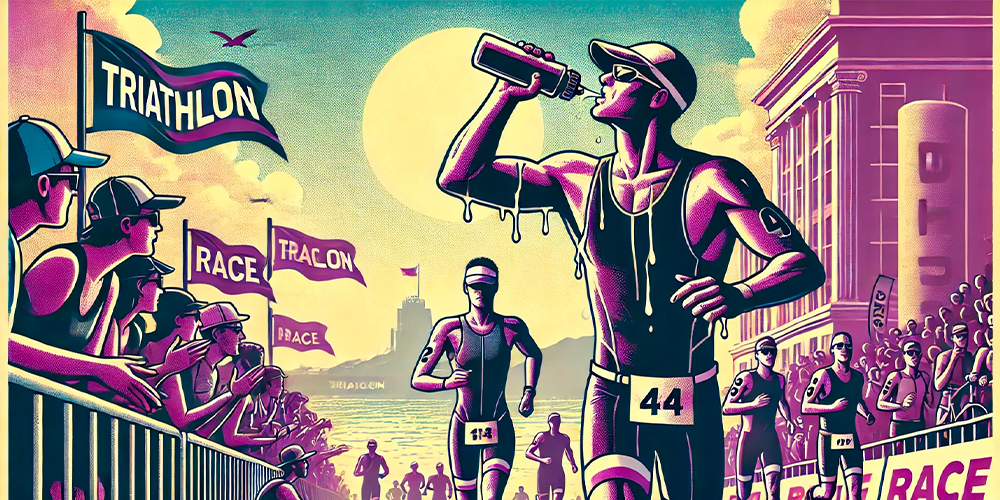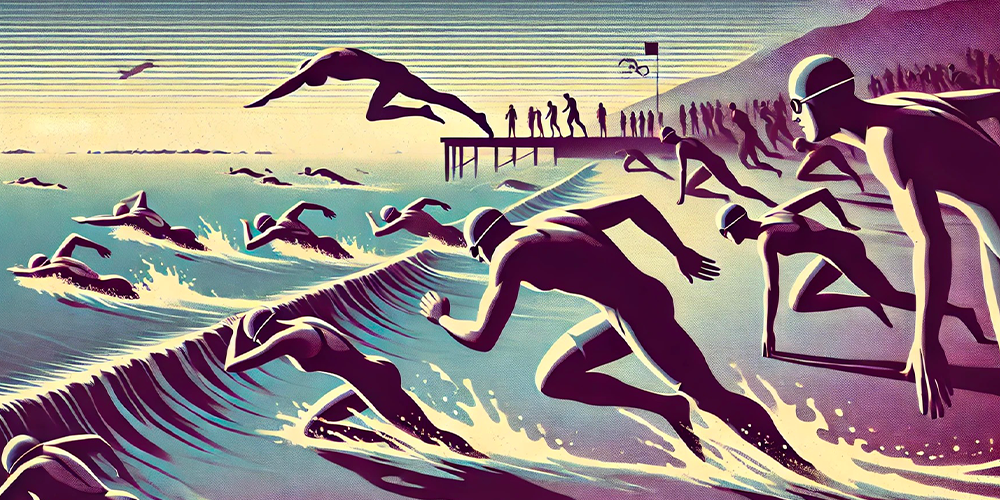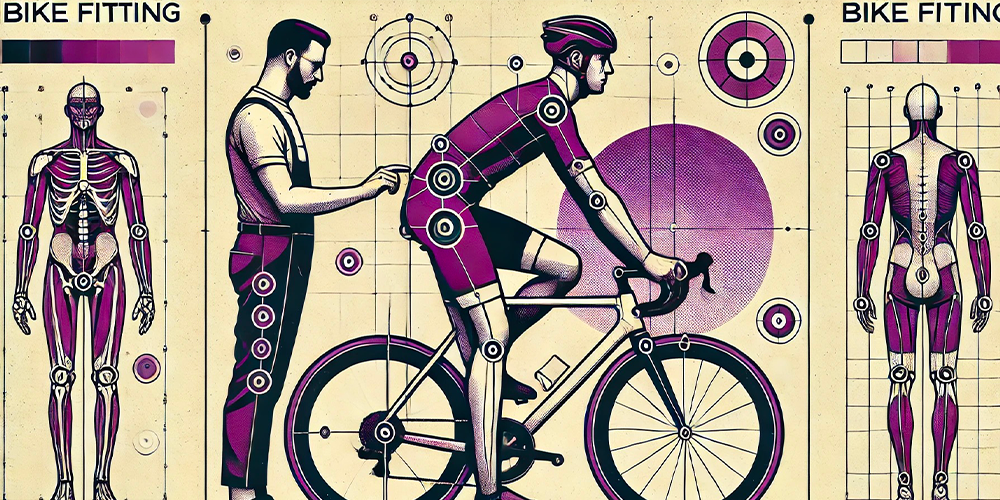When the season comes to an end, the most strategic part of the year begins: figuring out how to set up the next one. Analyse, plan, define clear and realistic goals. Here are a few suggestions for you.


When the season comes to an end, the most strategic part of the year begins: figuring out how to set up the next one. Analyse, plan, define clear and realistic goals. Here are a few suggestions for you.

After months full of competitions and training, it’s time to take a deep breath, recharge your energy, and start the new season with fresh motivation.
We’ll show you how to make the most of the transition phase and plan the upcoming season smartly.

August brings long days, holidays, new surroundings… and training conditions that are nothing like what you’re used to. Are you working out in the mountains? Under the blazing sun? After hours of travel or a late night? Then it’s time to ask an important question: Are your training zones still accurate? Let’s look at how heat, altitude, and accumulated fatigue can impact your training zones — and how to adapt without throwing away your progress.

Injury is probably the worst issue an athlete has to deal with. Whatever its nature, it brings a season, a passion (for an amateur), or even a career (for a professional) to a sudden stop. Anticipating and preventing injuries is therefore a major goal for any athlete. Let’s explore the key aspects in this blog article.

Triathlon is a highly demanding sport, especially in hot conditions, often during summer races or exotic events such as the Ironman in Hawaii or Cozumel. The key to success lies in the ability to maintain a sustained and steady effort throughout the event, particularly during the running segment. Let’s look at how to push your limits while protecting your health.


Targeted training has become essential for progress on the bike. Power meters have revolutionized cycling training by allowing athletes to measure actual performance directly at the pedals, crank, or rear hub. These objective watt values are invaluable – for training planning, performance diagnostics… and for the athletes themselves. It’s time to unlock their full potential.

We are in the middle of the triathlon season, but that doesn’t mean we should neglect other endurance sports. Trail running can be a great complement for cyclists and triathletes—both to boost performance and to add variety for body and mind. Let’s take a look at why trail running can make a real difference in preparing for your target race.

Have you ever gotten off the bike and felt your legs stiff, almost out of control, as soon as you start running? Don’t worry—this is a common sensation among triathletes. And that’s exactly why Brick Training exists: a targeted workout that prepares both your body and mind for that critical transition between disciplines. In this article, you’ll discover why brick sessions are a key element in triathlon preparation, how to train them effectively, and how 2PEAK automatically integrates them into your plan to get you into peak shape.
